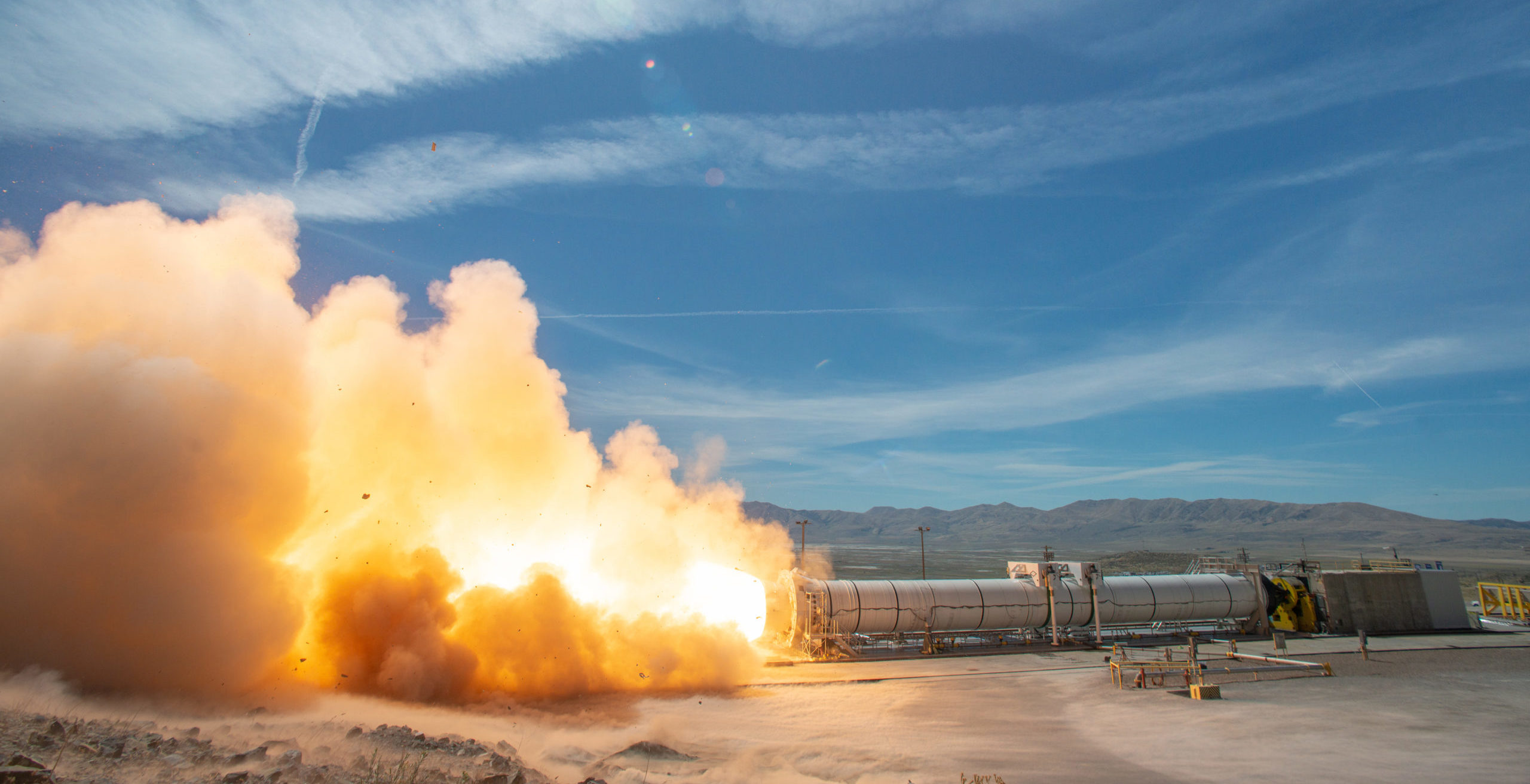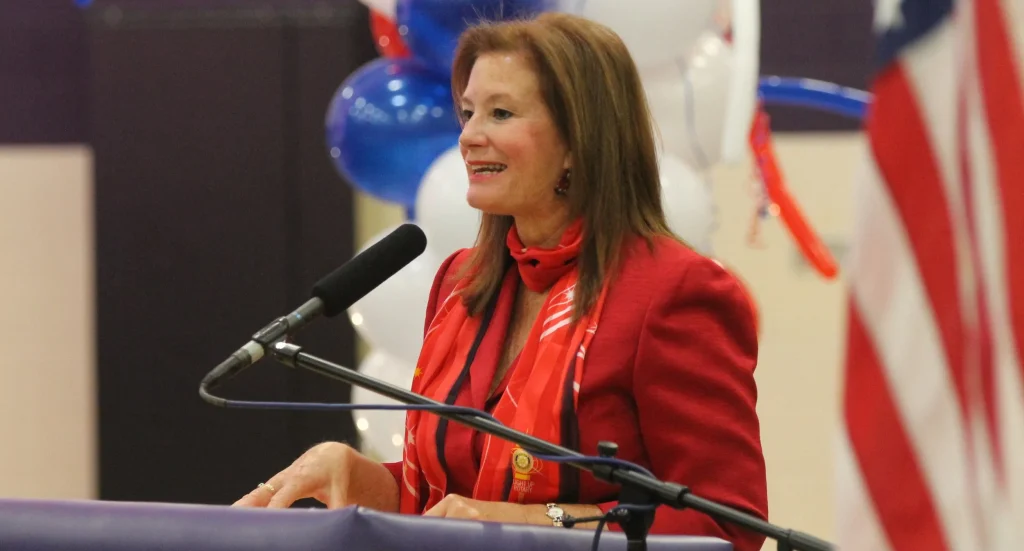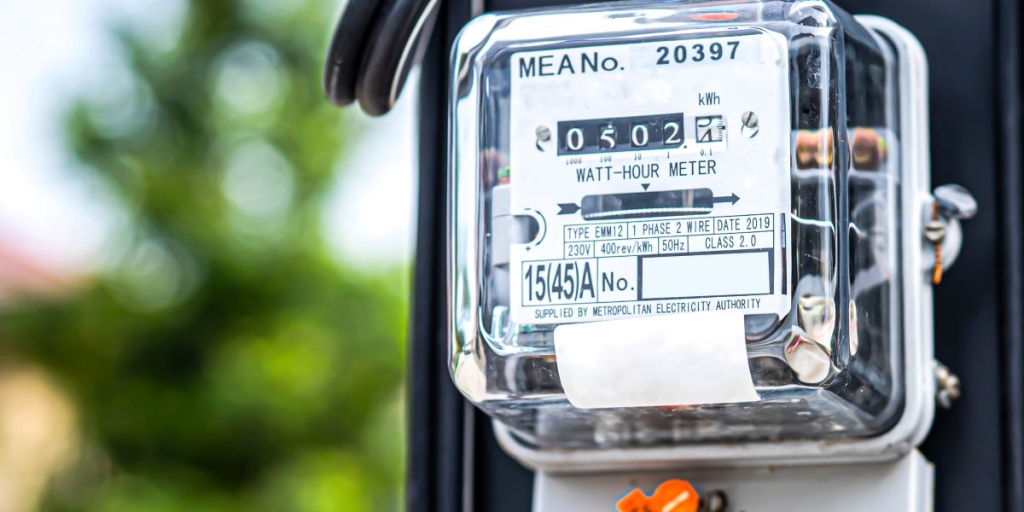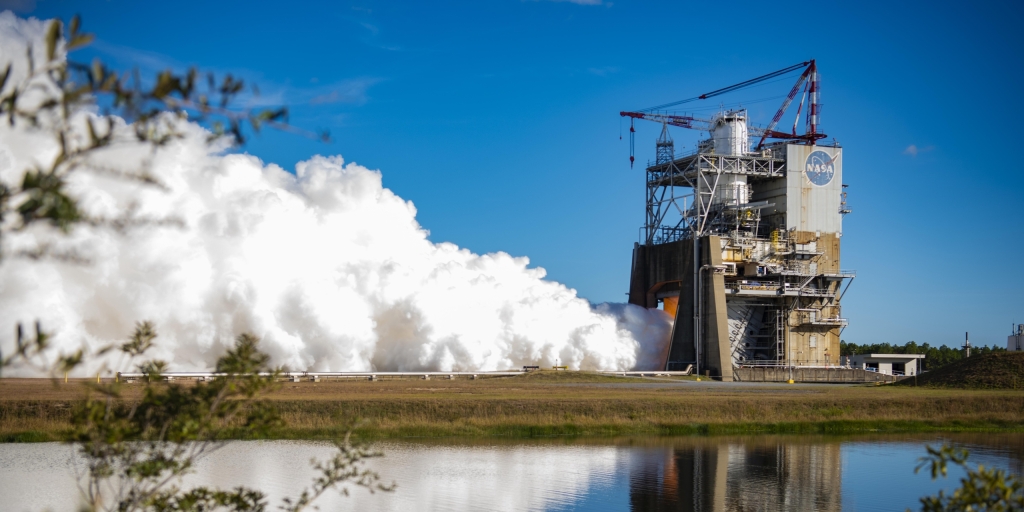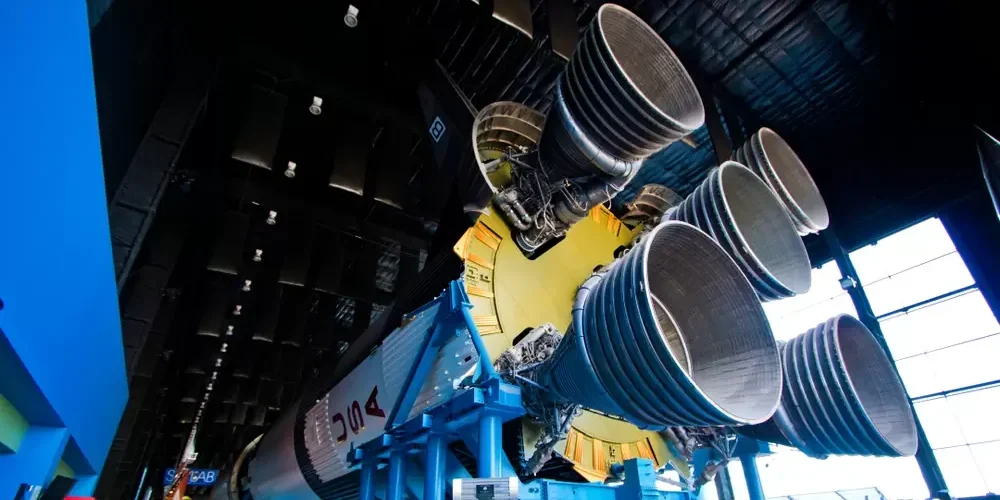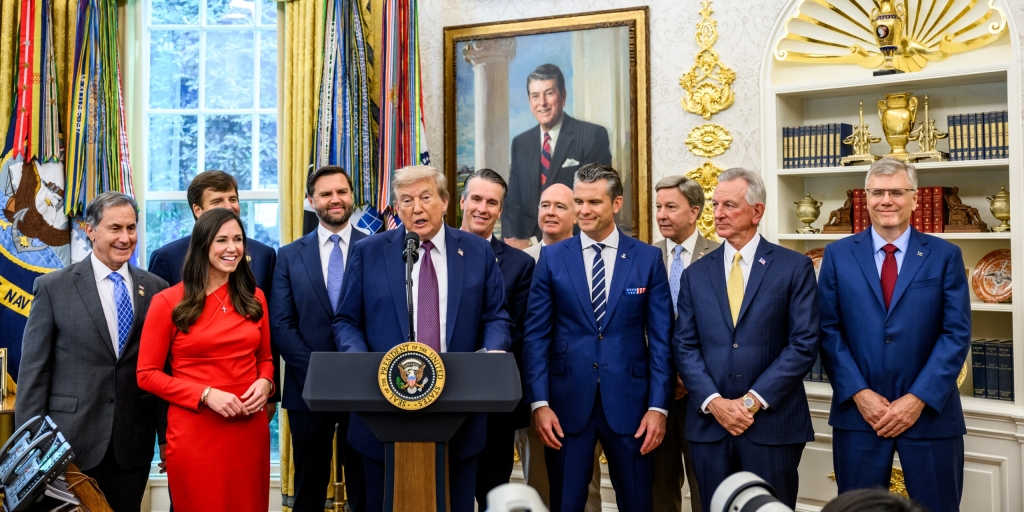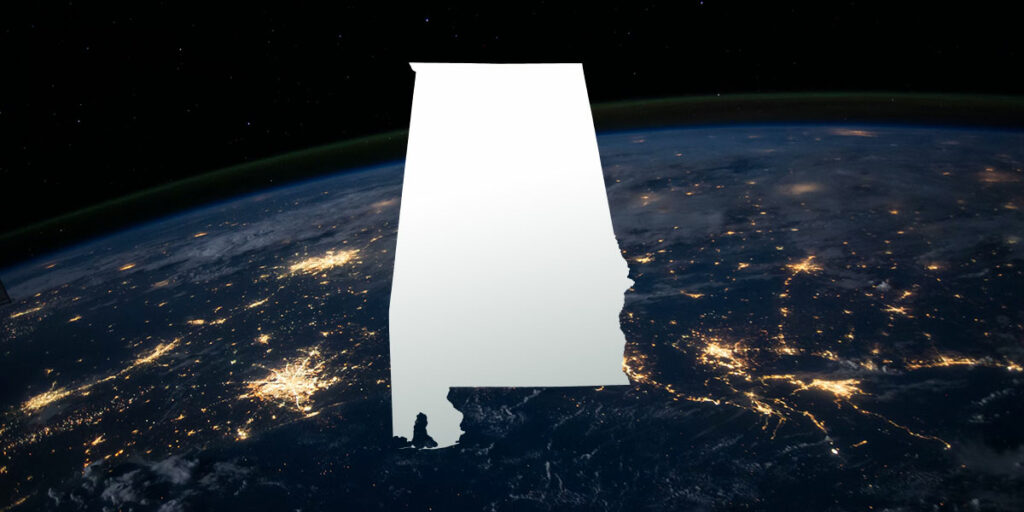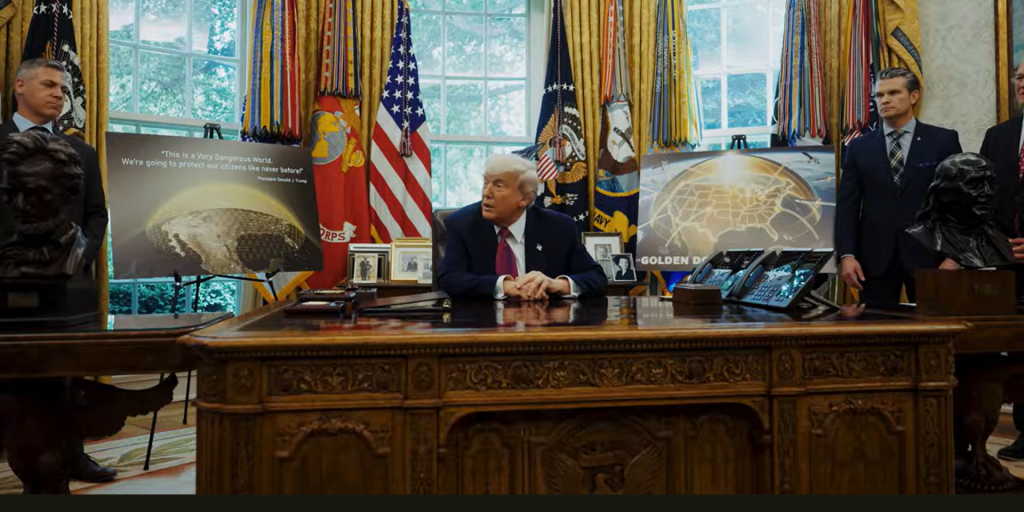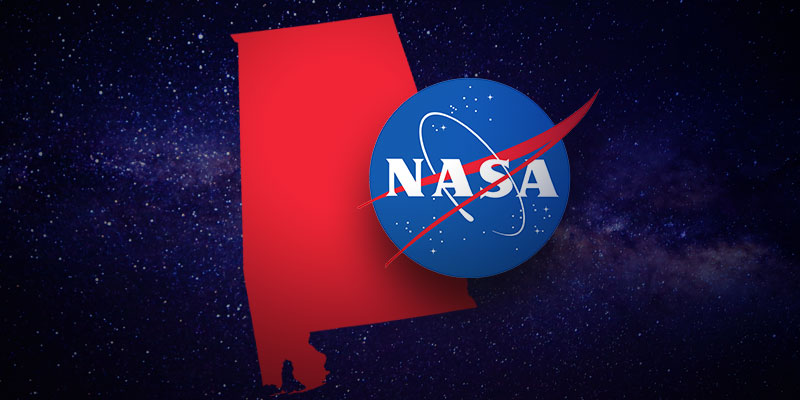Earlier this week, NASA and Northrop Grumman fired up a Space Launch System (SLS) support booster, producing more than 3 million pounds of thrust.
The full-scale booster test in the Utah desert lasted a little over two minutes and provided valuable insight into the performance of boosters which will power future Artemis missions, a series of flights to the moon and beyond powered by SLS.
The SLS program, which will result in the most powerful rocket ever built, is managed out of Marshall Space Flight Center in Huntsville.
While Artemis I boosters are being prepared for launch at Kennedy Space Center in Florida, the test fire in Utah will aid NASA in preparing for missions occurring after Artemis III.
RELATED: Dynetics finishes critical hardware for NASA’s Space Launch System
“NASA is simultaneously making progress on assembling and manufacturing the solid rocket boosters for the first three Artemis missions and looking ahead toward missions beyond the initial Moon landing,” said John Honeycutt, the SLS Program Manager at Marshall. “Today marks the first flight support booster test to confirm the rocket motor’s performance using potential new materials for Artemis IV and beyond.”
Behold: the most powerful rocket booster ever built for flight ?
With @NorthropGrumman, we conducted a booster test for our @NASA_SLS rocket — the rocket that will bring humanity to the Moon and beyond with the #Artemis program.
The highlights ?: https://t.co/rPyjbcBbr1 pic.twitter.com/5YZtzhpNCn
— NASA (@NASA) September 2, 2020
“This flight support booster test is the first motor firing NASA and Northrop Grumman have completed since qualifying the booster design for the Space Launch System rocket,” said Bruce Tiller, SLS boosters office manager at Marshall. “Full-scale booster tests are rare, so NASA tries to test multiple objectives at one time so we are highly confident that any changes we make to the boosters will still enable them to perform as expected on launch day.”
SLS has been billed as the only rocket powerful enough to carry the Orion spacecraft, astronauts and supplies to the moon in one launch.
“Landing the first woman and the next man on the Moon is just the beginning of NASA’s Artemis Program,” said NASA Administrator Jim Bridenstine. “The SLS flight support booster firing is a crucial part of sustaining missions to the Moon. NASA’s goal is to take what we learn living and working on the Moon and use it to send humans on the first missions to Mars.”




